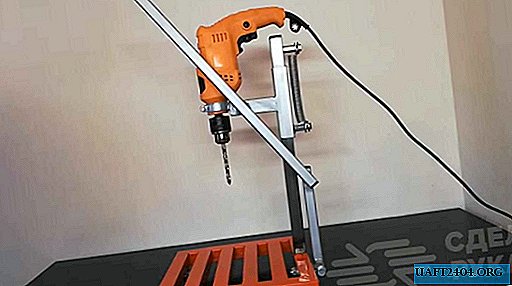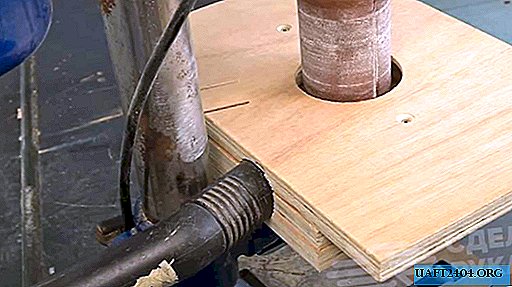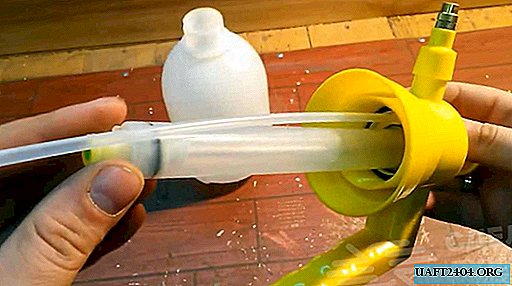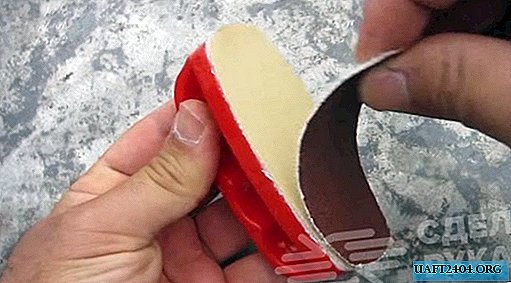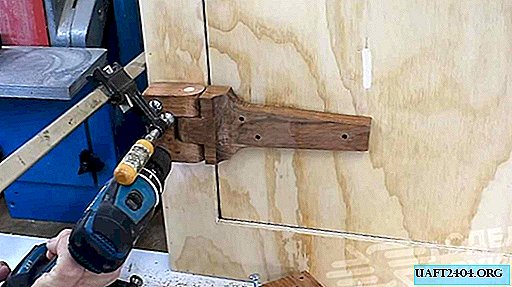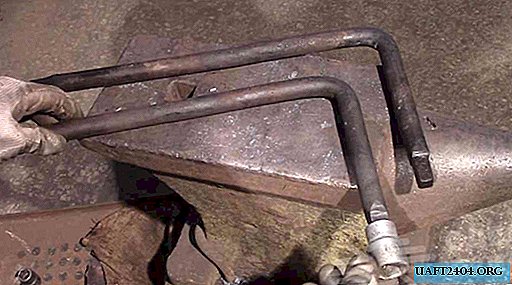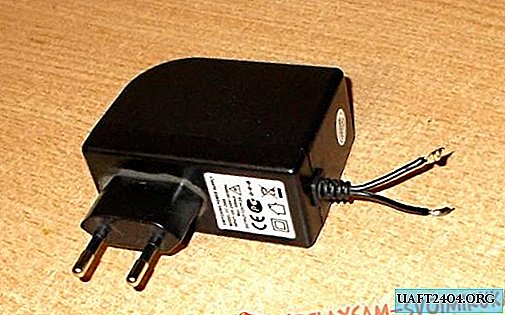Share
Pin
Tweet
Send
Share
Send
There are no universal methods that work 100%, in each particular case, its own technology is used, which in another place may not work. I say this so that my method of attachment may not be suitable for you, but for familiarization it will certainly be useful to many.

We fix the drop-out socket with liquid nails
In this example, a plastic wall socket is used that does not hold in a concrete wall. Attach it with screws, through the dowel, it is not possible. The outlet itself is well and securely fixed in the socket.
This method, which I want to show is not quite standard, but very reliable. We will use liquid nails.

I have already used liquid nails in my practice, so I know very well that this is a very beautiful building material with excellent properties.
First of all, we must turn off the electricity so that the repair object is exactly disconnected and does not pose a threat. Using a gun, we apply glue first to the hole in the wall in a circle. It is not worth squeezing far, just apply a plump strip along the edge.
It is preferable to remove the front panel from the outlet; the socket itself is not necessary to remove.

We apply the same strip of glue in a circle around the edge of the undergrowth.

Before starting work, be sure to read the instructions for the use of liquid nails and perform all actions according to it.
We insert the outlet into the wall and hold it tight for some time.

Excess glue is removed with a piece of cloth.

We are waiting for the initial hardening of the glue and collect the socket completely.

We are waiting for the glue to dry completely and harden. Until this moment, I highly recommend not using the outlet for its intended purpose.

After the time specified in the instructions, check the installation. Everything keeps perfectly, reliably, without various swaying.
Share
Pin
Tweet
Send
Share
Send

